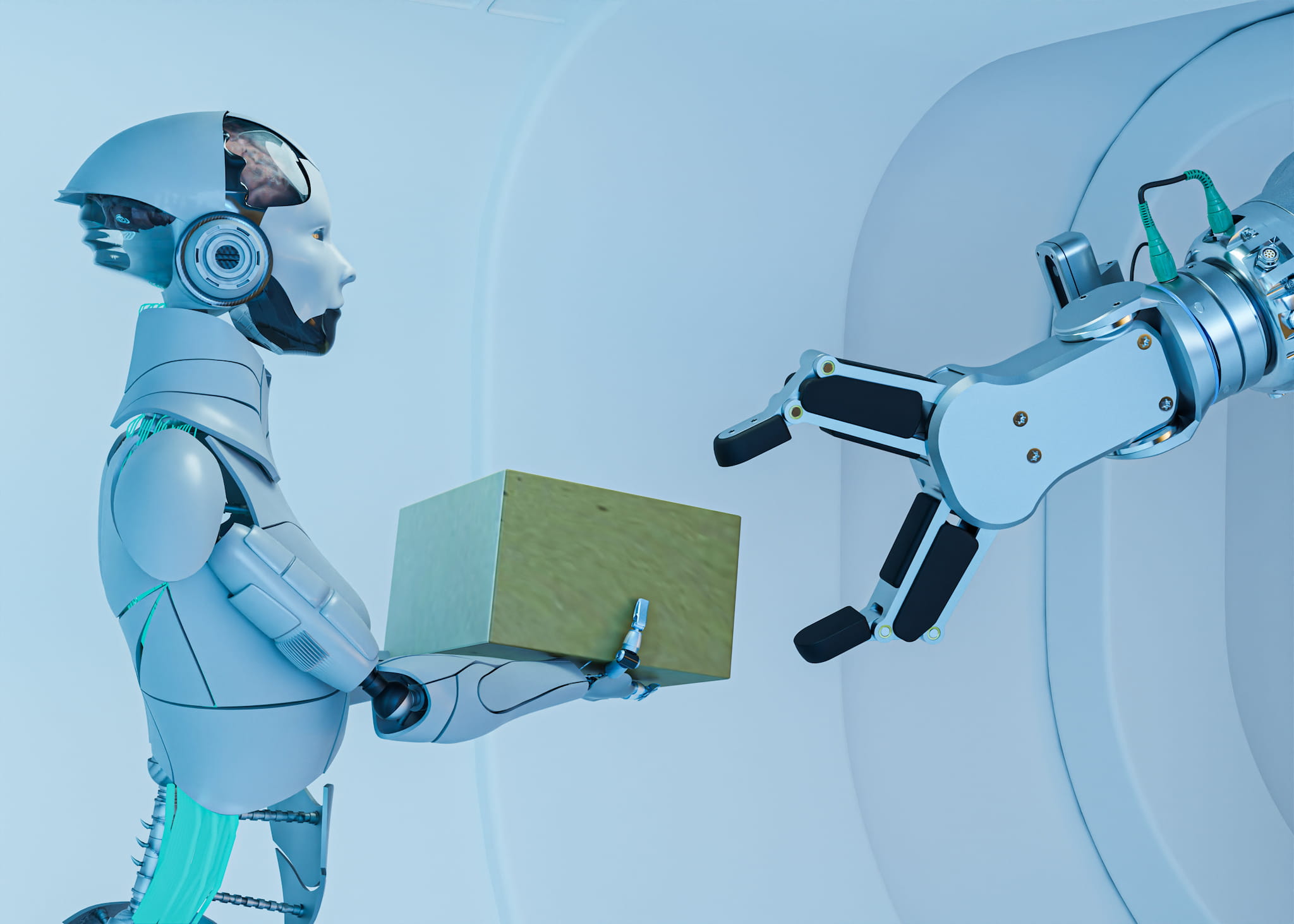Startups and unicorns that are integrating Machine learning (ML) and AI in product development are setting themselves apart from the rest. They know AI is changing the overall landscape for business, given the tremendous growth in the recent past. According to Statista, the market for Artificial Intelligence (AI) is predicted to go up to $184 billion in 2024, and will likely grow yearly, reaching $826.7 billion by 2030.
It’s not surprising that companies are pressured into producing faster and more innovatively to capture customers as they adapt to new changes. In fact, according to McKinsey’s survey, 84% of executives believe that innovation is the way to reach growth. For startups and unicorns to focus on growth, they have to utilize the right tools and marketing plans to deploy faster and more efficient methods in product development.
Companies can’t rely on traditional methods of product development if they want to keep up with the competition. This is why AI and ML have become startup product development trends. These will help startups and unicorns to have a competitive edge in the ever-evolving business landscape.
In this article, let’s explore how unicorns and startups are utilising AI and ML in their process.
Predicts Accurate Product-Market Fit
A higher percentage of startups have great ideas, but they fail at execution. Most such startups tend to overlook the step of product-market fit. Unfortunately, it’s the step to tapping into the right market. If you don’t predict the right product that will satisfy the right target market, you’ve lost the plot.
Sadly, this is what happens to most startups with great ideas. Even if your ideas are great, there should be a right market fit for the idea. Thanks to AI, startup owners can utilise it to solve this issue. They can use AI to analyse and gather qualitative data to decide whether their product fits the market demand and customers’ needs. They can use the data to find out whether their target market matches their product or service.
Leveraging AI to gather customer information will help you create AI-driven prototypes. This will ultimately benefit the business by cutting down on time and processes that otherwise have been spent on a product that the market didn’t demand!
Innovate Faster and Reduce Time to Market
According to Amazon Web Services (AWS) Senior Advisor to Startups and AI expert, Deepam Mishra a three-dimensional product model development is a fairly long process, for designers, software engineers, and product managers. It simply means you need a lot of time to innovate if you are not going to use AI in R&D.
To create the product prototypes, you need mockups, and once you have them you have to put them into tests, which takes up to several weeks. If you’re going to manually run all of these, you’ll not be able to innovate faster, so the best bet is to use the power of AI. Through tech-driven product innovation, you can do all of these in hours, which is both convenient and quick.
It could be a time-saving tool for startups and unicorns if they consider product prototyping with AI. This way you can innovate faster and reduce time to market without wasting your resources, time, and money. It’s also exciting to see how a potential idea could be turned into a prototype in such a short time with the help of AI.
Refined Customer Feedback
AI and machine learning for startups and unicorns don’t stop at developing prototypes. It’s just part of the process, after the prototype, you have to focus on current or potential customers to learn how you can make the product better for them.
If you don’t research what your customers think about your product, you will again go back to square one – producing something that people didn’t need! But to decide whether the customers liked your product or not is to do the research. Collecting data and information from customers through feedback alone is not enough.
The emails, surveys, and social media comments aren’t enough to validate your customers’ sentiments. While these help to see where you’re heading, you need all of these data in a structured format to understand how you produce better.
You need quantitative data to decide the accurate representations of your customers. Just like predictive analytics in product design help to see how they can make the product design better, there’s generative AI to help you get quantitative data from your customers’ feedback through forums, comets, social media feedback, and much more.
When you have this data, you can turn it into actionable data to implement in the product development journey.
Conclusion
Before you think about whether or not to consider AI-driven innovation, think about the risk of not doing it!
There are numerous startup AI solutions that businesses are already integrating. The thing with the business world is that if you sit back and think about whether or not to play safe, you’re going to be left behind. Even before you know it, the trend or the tool would have phased out even before you profited from it.
All in all, remember that automation in product development will make the entire process faster and cost-effective. We’re in a fast-paced business world, so it’s always best to take calculated risks to develop the right product.
